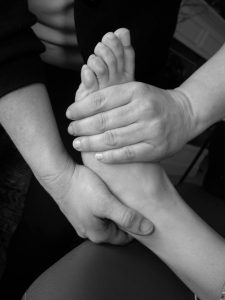Injuries are the ugly side of fitness. It seems no matter how careful we are with our clients an injury could be lurking around the corner. Injuries can be very minor or they can sideline a client’s fitness goals for months. They can be caused by a sudden action or they can come over time. The key is to practice good injury avoidance techniques.
First thing is to ensure your clients are getting properly warmed up before the session begins. Allow for a little extra time at the beginning of the session for a warm up period. By proper warm up I mean have the client go through the motions of the activity that they are about to do.
For example, if they are getting ready to squat, have them take the bar and do a few empty sets. This will help their muscles and joints prepare for the working sets. New research shows that static stretching can be counterproductive before a workout, depending on type of workout they are doing. I also like to have clients do 10-15 minutes of low intensity cardio to get their body warm, especially in the winter months.
Advise them to take care of their lower back and shoulders. These are common problem areas for many people since they are involved in almost every activity you do. This can be done by maintaining good core strength and working on the rotator cuffs muscles and keeping good posture.
Stay hydrated. It is said all the time, but it is still overlooked. Dehydration can lead to a plethora of health problems that include injuries. Make sure your client’s aren’t skipping on drinking plenty of fluids.
Don’t have an ego. When clients are in the gym the added pressure of measuring up to you can be counterproductive. Monitor how intense the session gets. Know when enough is enough. Know your limits. It is good to push the limits during a training session, just remember where they are and respect them.
Avoid over-training. The term “over-training” is a sticky topic since there are varying definitions of what over-training is. When your clients train hard on Monday and by Wednesday they are still feeling it, suggest that they reschedule the session if it is possible. Sometimes that extra rest day can lead to more progress faster than training the extra day.
There are many different methods and thought processes around injury prevention. These are some of mine. What do you like to use with your clients and your own training?

